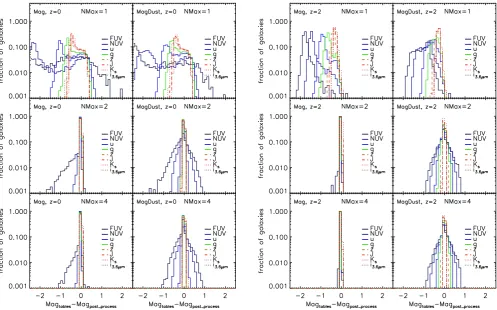Galaxy formation in the Planck cosmology II Star formation histories and post processing magnitude reconstruction
Full text
Figure




Related documents
Considering only women who received abortion care from public facility where there is shortage contraception supplies in study conducted in two of the region and failing to
The aim of the study was to assess the presence of pathogenic microbes on treatment tables in one outpatient teaching clinic and determine a simple behavioral model for
It was decided that with the presence of such significant red flag signs that she should undergo advanced imaging, in this case an MRI, that revealed an underlying malignancy, which
Also, both diabetic groups there were a positive immunoreactivity of the photoreceptor inner segment, and this was also seen among control ani- mals treated with a
CNV: Copy number variation; COPD: Chronic obstructive pulmonary disease; DHS: DNase I hypersensitive site; eQTL: Expression quantitative trait locus; G × E:
The paper assessed the challenges facing the successful operations of Public Procurement Act 2007 and the result showed that the size and complexity of public procurement,
The scattergram represents the distribution with age of 69 determinations of concentration of potassium in serum of 39 premature infants with respiratory distress syndrome (Table
The anti-inflammatory activity of the title compounds (4a-f) and the parent compound AMACs (3a-f) were evaluated using inhibition of heat-induced albumin denaturation



